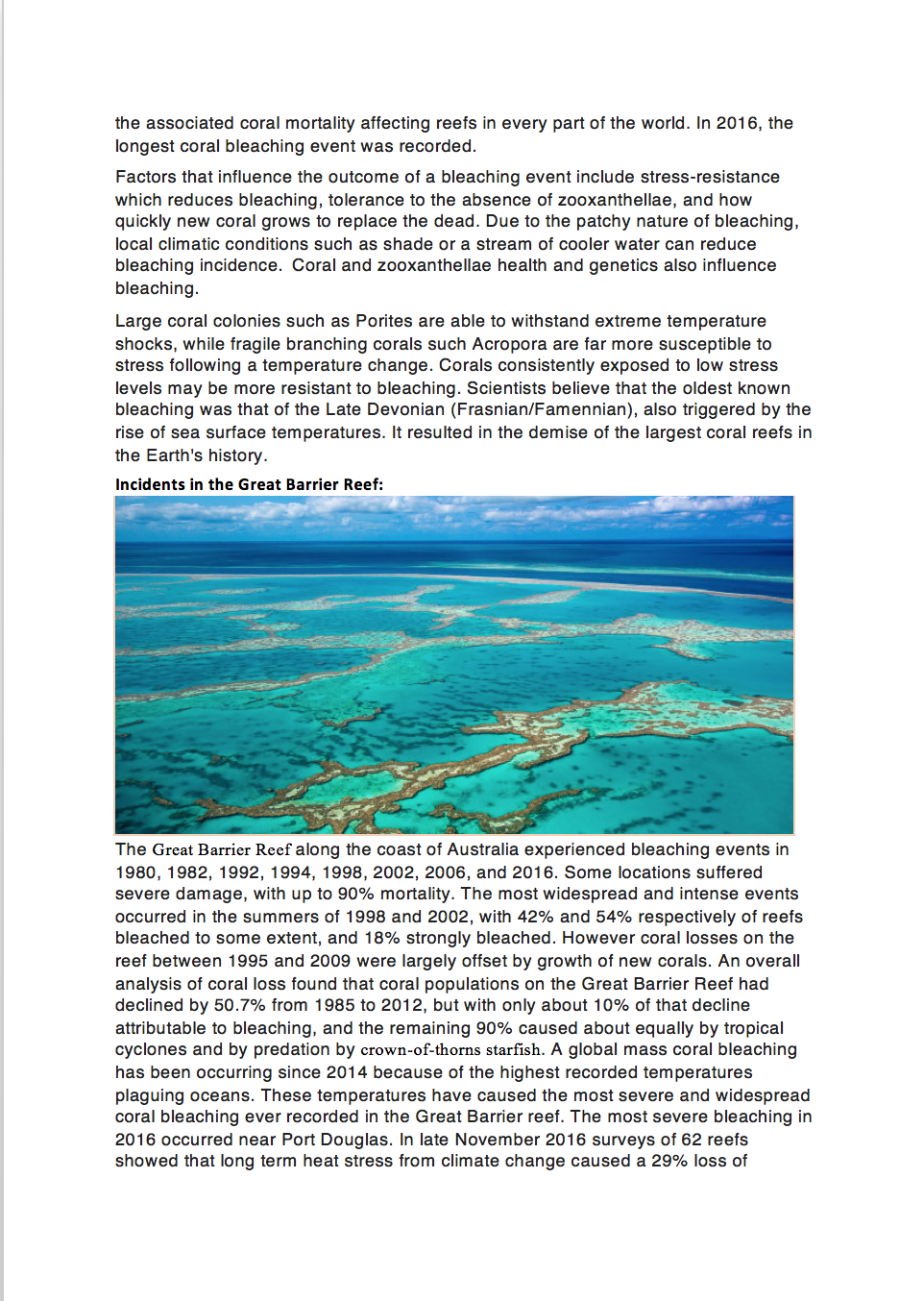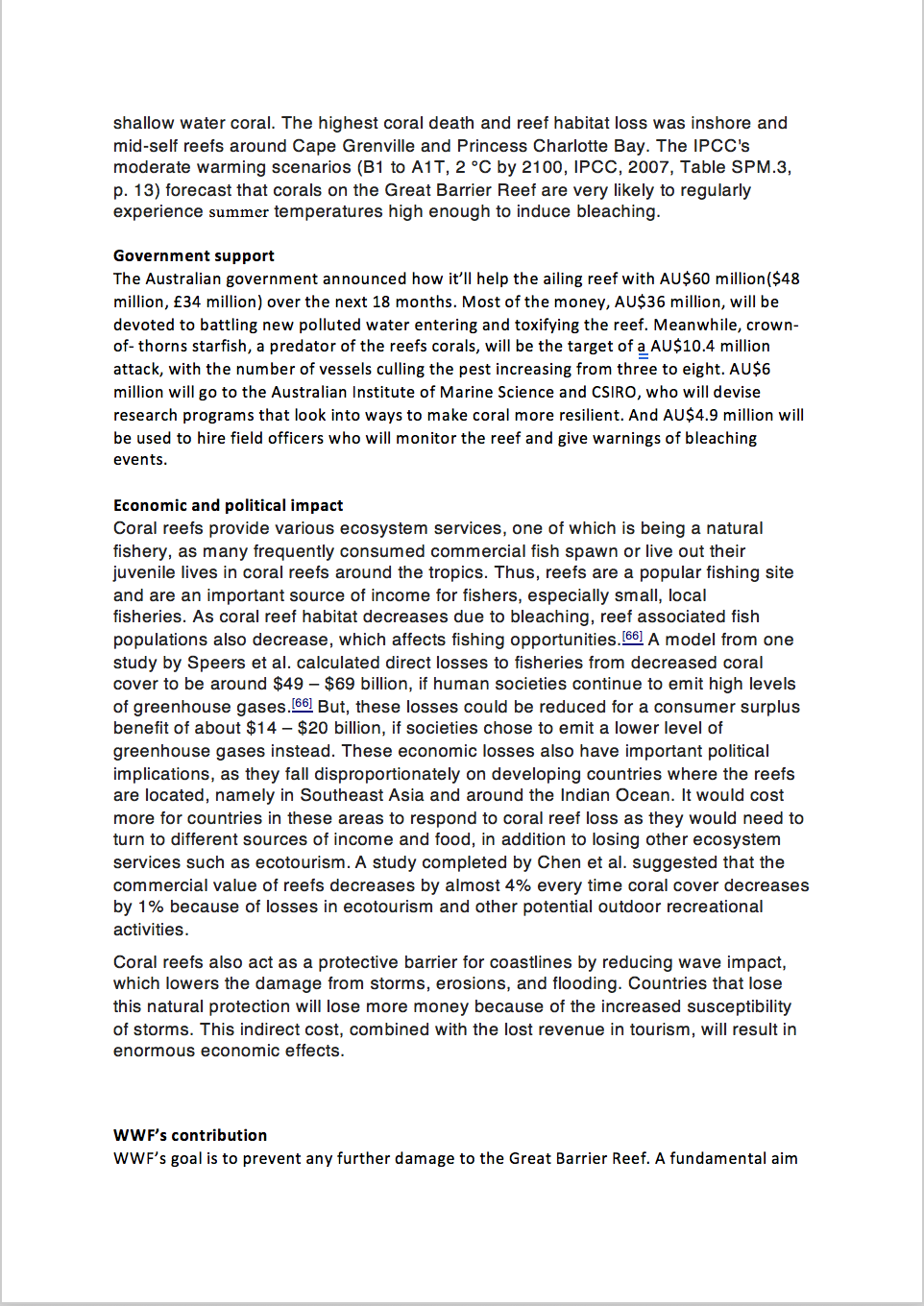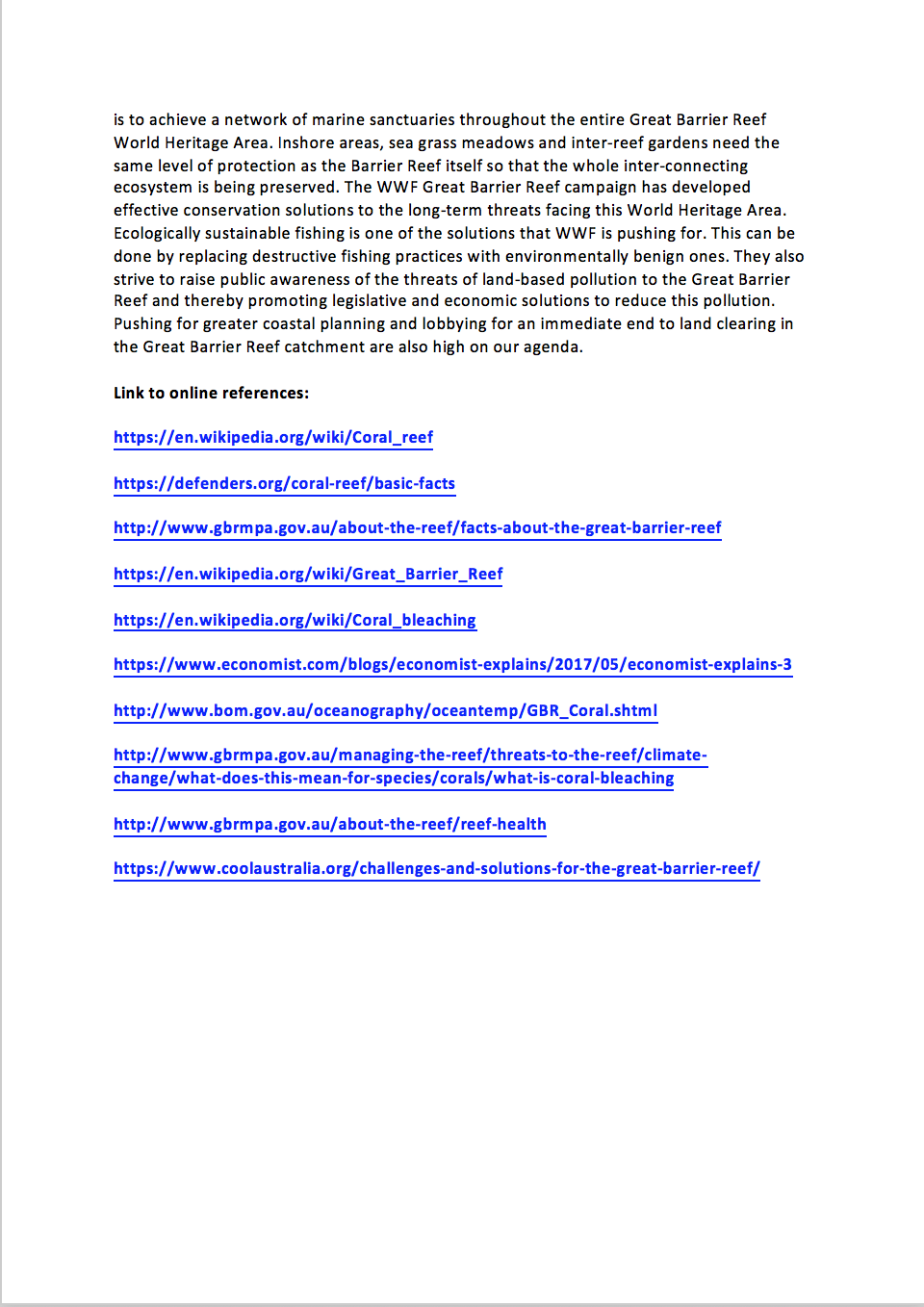SUSTAINABILITY SYSTEMS PROJECT MAKING
For the next assignment, each group was supposed to get back to class with research from their chosen NGO or non profit school. During these two weeks, we did some online surfing and found a bunch of organisations, we decided to go forward with Pragati Vidyalaya. Pragati Vidyalaya is a non profit school for deaf children, located in Dadar.
First we wrote to the school for permission to visit, study and research; after the principals approval we visited the school. A faculty member guided us through the school and got to speak with faculty, students and helpers and understand the environment better. We took down notes, pictures, audios and videos to support our visit.
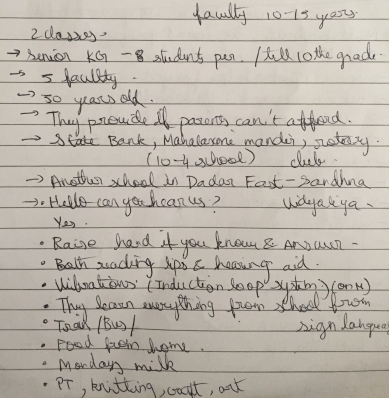

When we got back to class, we discussed our visit with the faculty and peers. After a long discussion, we were asked to revisit the school and look at how our main vertical, water; plays a major role in the environment. We were also asked to divide our research into sub topics and categorise the information.
We went to the school again and looked at their washroom, drinking water facilities and other aspects.
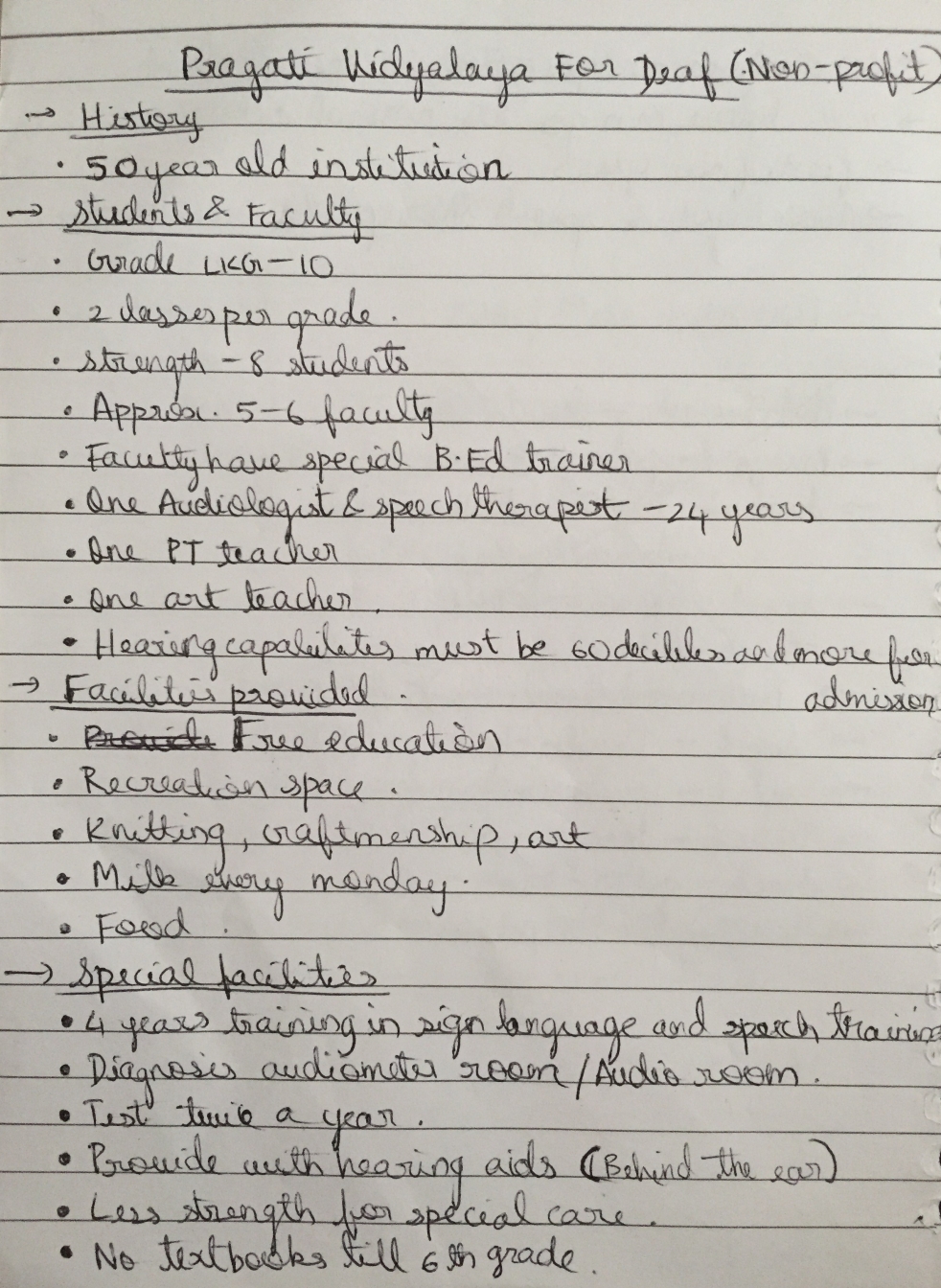
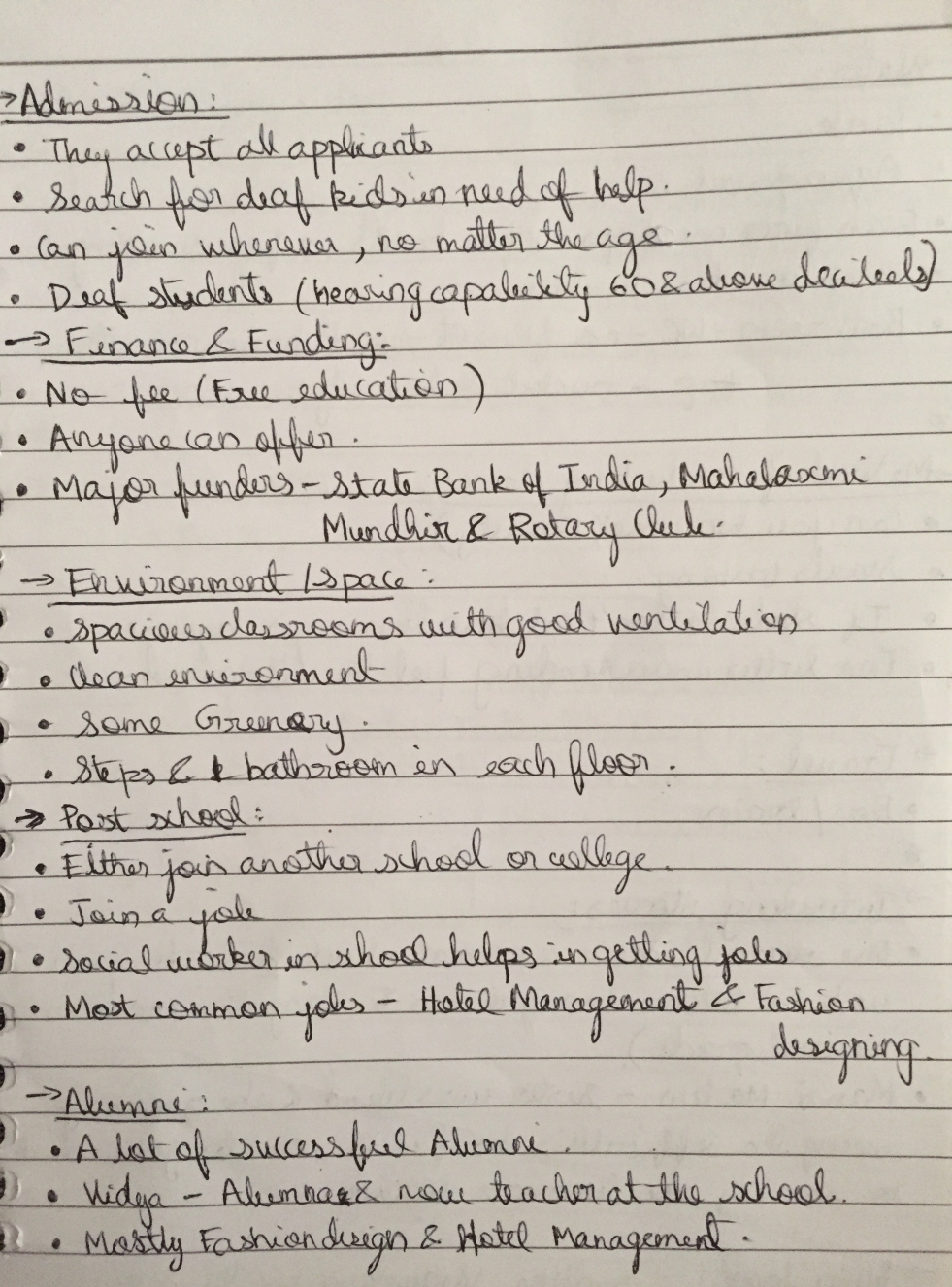

I did some research on hearing aids just to get a better understanding of how it works.

The next class, we again discussed the recent information we had gathered. The next step was to ask the faculty members a bunch of questions about their kids to get a better understanding of their background, the things that go on in their heads and to really get to know them.
SUSTAINABILITY SYSTEMS
As the review was nearing, we had to start cutting down the information we had gathered and direct our research towards a particular question.
Initially my main vertical was water and my sub-vertical coral reefs, then I cut it down to coral reefs and under that the worlds biggest reef- The Great Barrier Reef. I did online case studies, research and saw a documentary. Now it was time to put it all in a single document. Taking notes helped me understand the topic better.

After making the third and fourth revision, I had to now focus on one particular question. I decided to take up coral bleaching, so I looked at the reasons behind the bleaching, recent incidents, incidents at the Great Barrier Reef and support from the government, public and organisations.
For the review day, each of discussed our final document revision with the faculty and then we were told what changes had to be made. We had the end of the day to change our final document. After making the necessary changes, I uploaded my work on the google drive.

